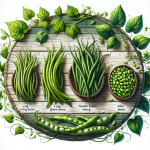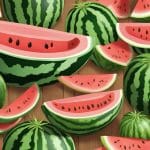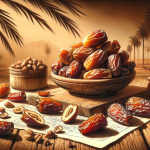Types Of Oysters
If we are talking about seafood, nothing in the world can bring the taste of sea to your mouth like oysters can. There are many types of oysters, each type different in size and taste variation; no matter the type, though, oysters are delicious. As the famous poet Leon-Paul Fargue put it: ‘eating oyster is like kissing the sea on the lips’. Oysters are bivalve mollusks that apart from being an amazing source of pleasure, they are also rich in proteins and vitamins, as well as zinc, magnesium, calcium, and other nutrients. People have been eating oysters for at least 2,000 years with ancient Roman, Celts, and Greeks being the most famous oyster lovers in the world.
Now that you know some basic facts about oysters, let us take a look at the most famous types of oysters that are available in the market. The first name in this long list is the kumamoto oyster (and rightly so). They look like small, deep bowls with a pointy edge at one end; they live in relatively warm waters, and when served to your plate they always surprise you with their sweet taste and nutty texture. Olympia oysters, on the other hand, are also sweet, but they are so tiny that kumamotos come across as tomatoes when placed next to them. While kumamotos are grey and brownish, Olympia oysters are rather coppery or silvery in color. Since their wild populations around the globe have decreased significantly, the ones than end up in your kitchen are usually cultivated in oyster farms in the Puget Sound and the British Columbia, and are specifically designed for human consumption.
Virginica oysters are also well-known to those food lovers that always look to make the most out of their food experiences. Instead of being a certain type, however, the crassostrea virginica is rather the greater umbrella for many types of oysters that come from the Atlantic (that is why they are also called Atlantic oysters). The first two types of oysters described above are sweet and crunchy, while Atlantic oysters are in fact salty in taste and smooth in texture; plus they look like teardrops (instead of bowls) that are creamy and brownish in color. Virginica oysters are also more expensive compared to other types of oysters and this is because they are very susceptible to the various changes of water temperature. As a result, they need twice as much time as other types of oysters need in order to reach the proper market size, which accounts for the difference in price.
There are also two very exceptional types of oysters that you absolutely need to taste, if you want to be able to say that you know a few stuff about oysters; that is the golden mantle oyster and the imperial eagle oyster. As the name suggests, golden mantle oysters have a golden appearance; what you don’t expect, though, is that it tastes like something between a sweet oyster and meat while it leaves you a melon-like flavor in the end. As for the imperial eagle, it basically belongs to pacific oysters that are grown in oyster farms, but instead of being cultivated in oyster farms, they swim free in the cold North Pacific waters.
All in all, there are numerous types of oysters to choose from. All you have to do is to find those that better please your refined taste buds, dig deep into your pocket and enjoy them.






